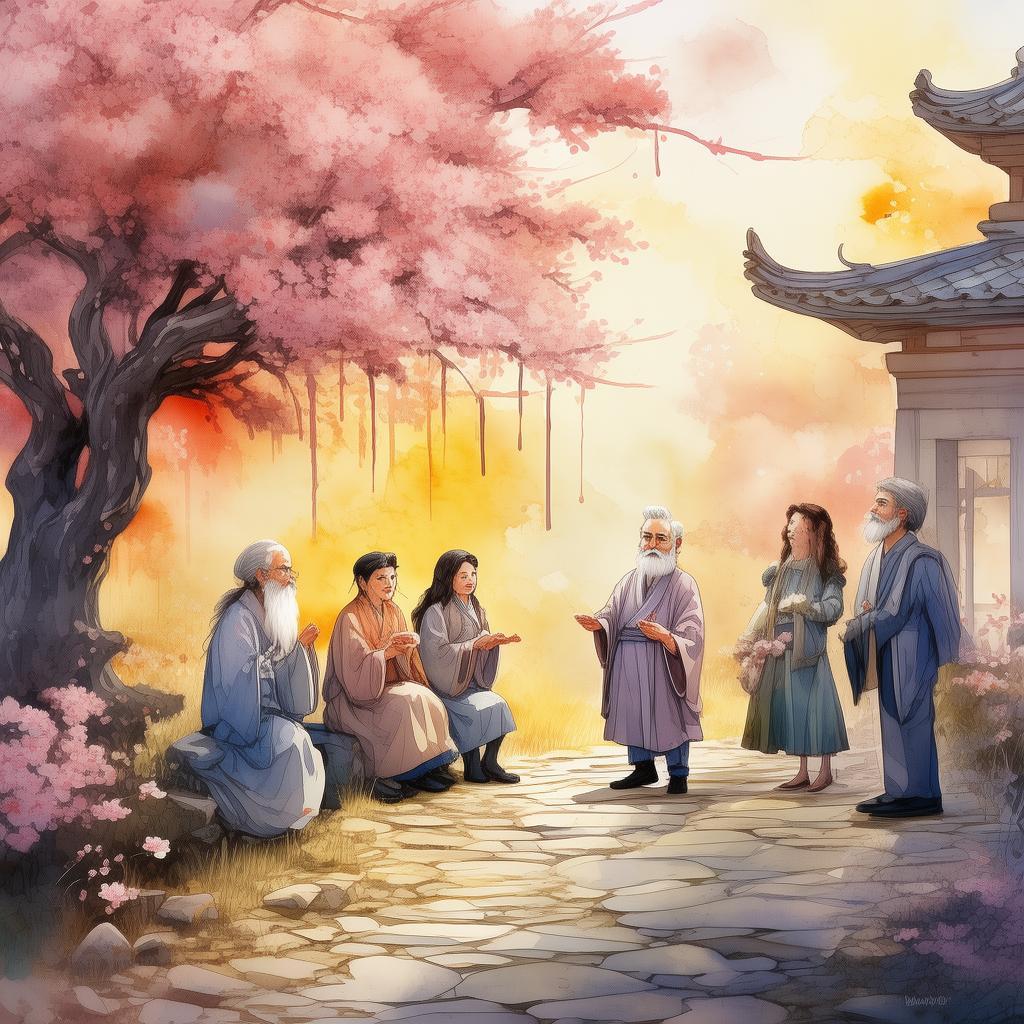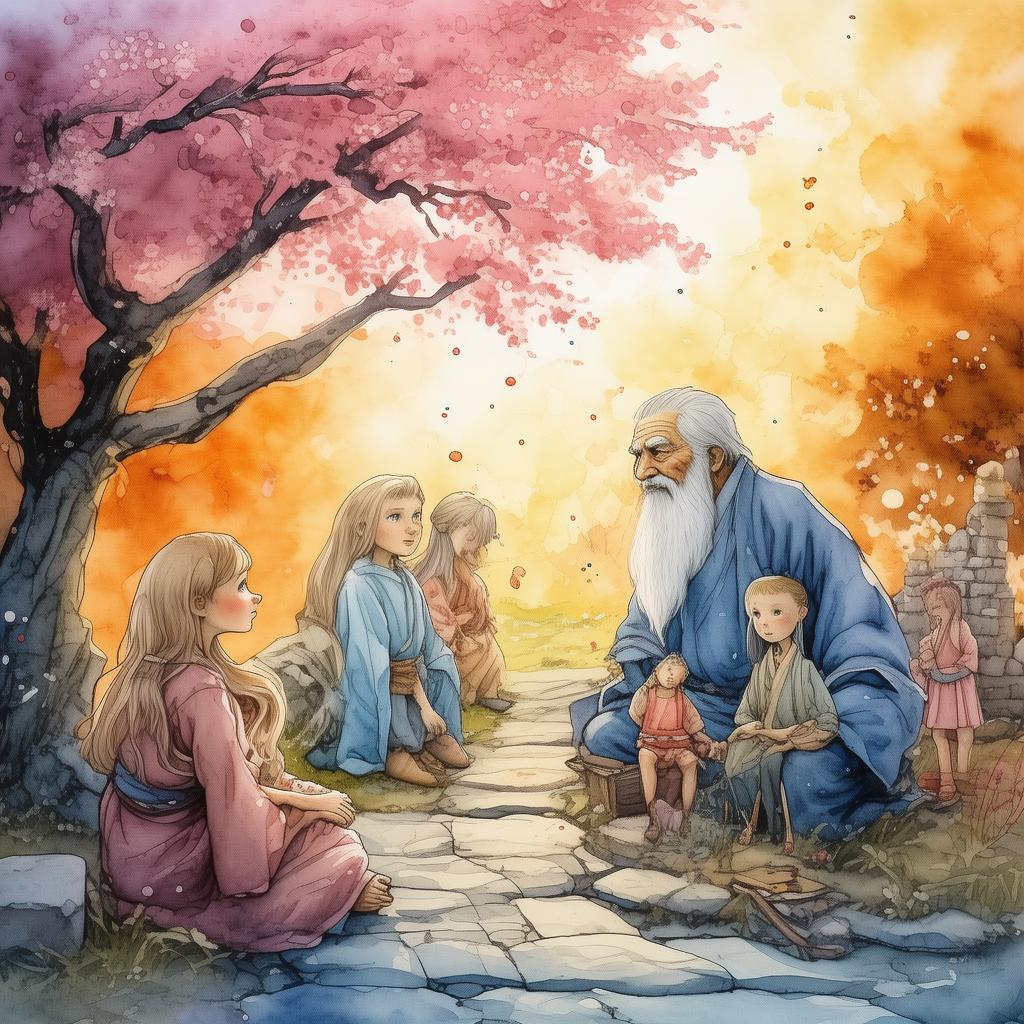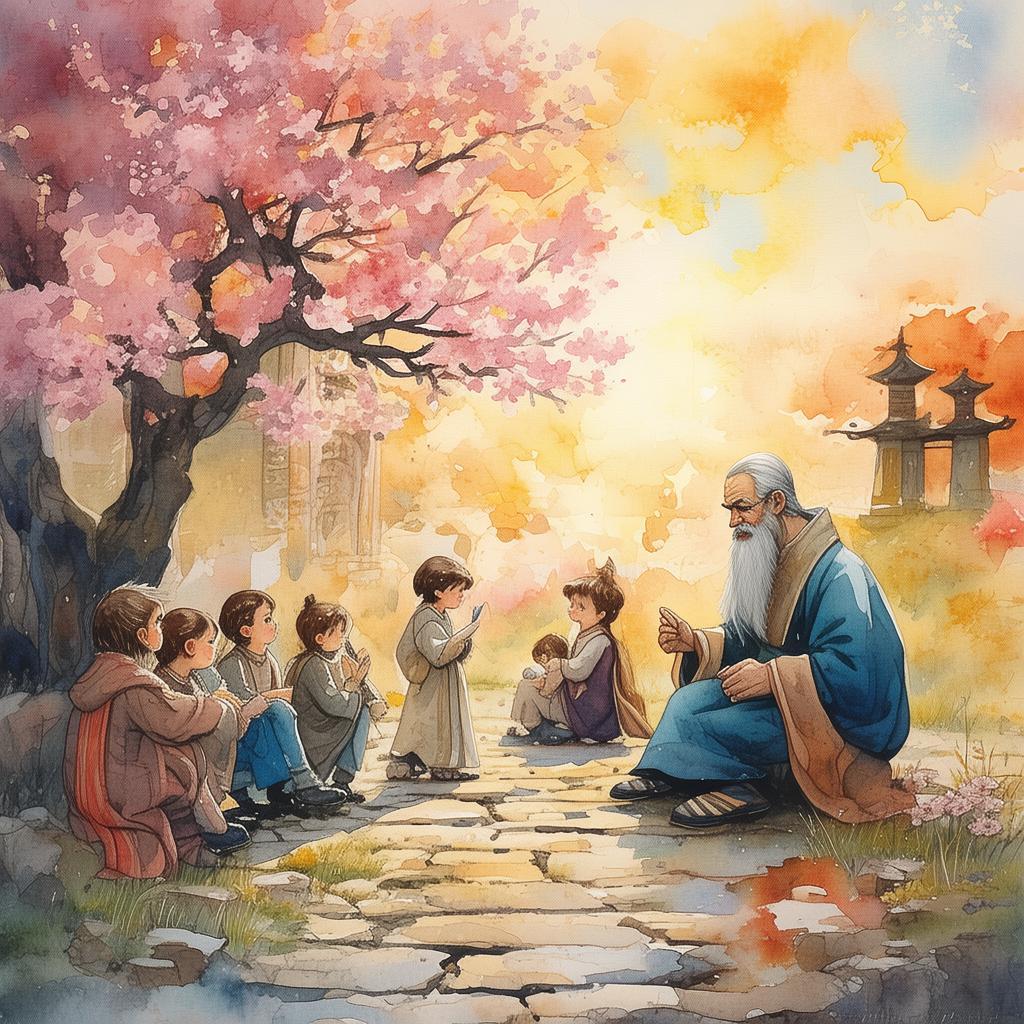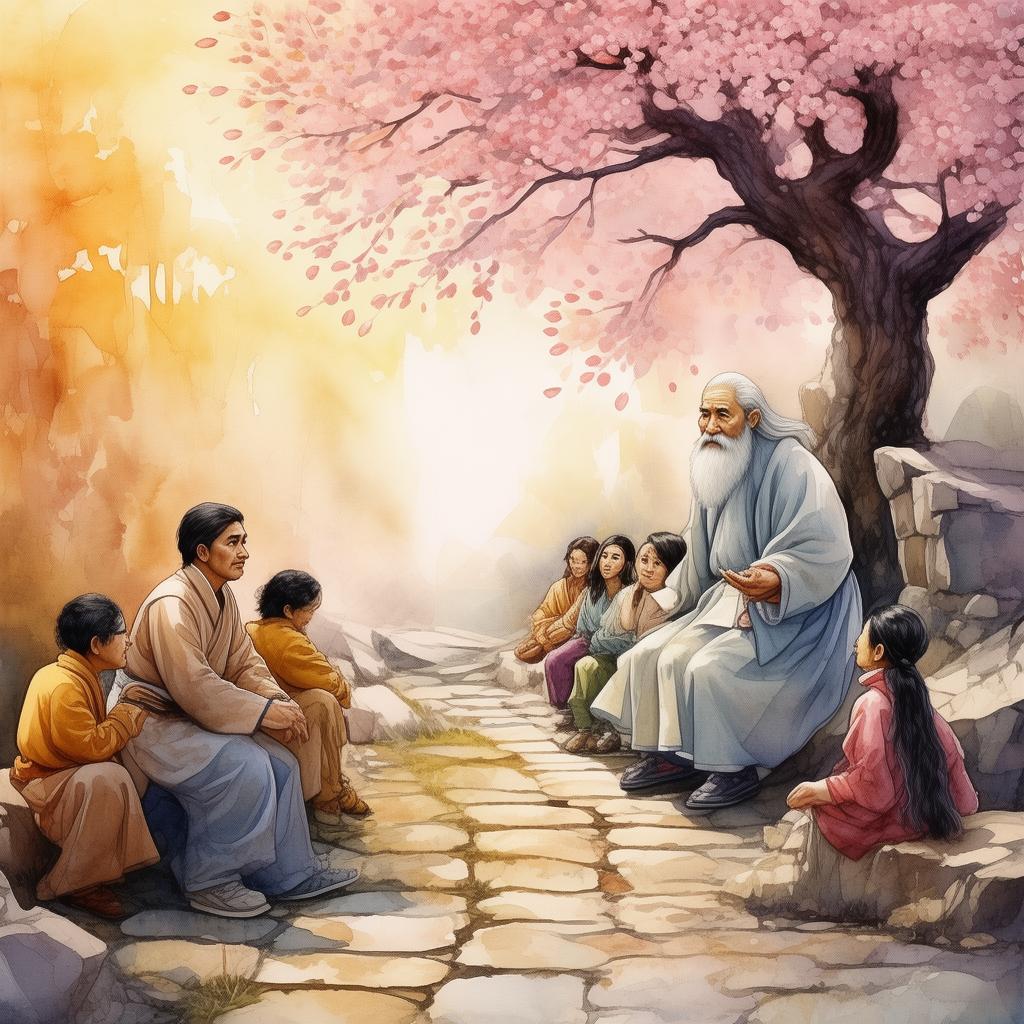Great Tides: The Storm That Forged Unity
In the ancient kingdom of Qin, a storm of unparalleled fury raged through the land. The people were in despair as the tempest brought with it a deluge that swelled the rivers to monstrous proportions, devastating their crops and homes. It was a time of great sorrow, and the people turned to their king, Qin Shi Huang, for solace.
Qin Shi Huang, known for his iron-fisted rule and relentless pursuit of power, saw the storm as a sign of divine wrath. He sought to appease the gods by constructing a massive temple at the mouth of the Yellow River, hoping to stop the flooding. However, the gods were not so easily placated.
As the storm continued to ravage the land, the neighboring states, each embroiled in their own conflicts, felt the fury of the storm. The floodwaters did not distinguish between borders, and soon, the common plight of the people became a common cause.
The king of the state of Zhao, seeing the chaos, realized that the storm was a chance to unite the warring states against a common enemy—the flooding. He sent messengers to the other states, proposing an alliance to build a massive barrier to protect their lands from the wrath of the heavens.
The proposal was met with skepticism and fear. The states were wary of Qin Shi Huang's intentions, as he was known for his brutal conquests. However, as the storm continued to rage, the people's suffering grew, and the call for unity grew louder.
In the state of Qi, a young architect named Meng Tian, whose family had suffered greatly from the flooding, was determined to help. He proposed a design for a colossal wall that would stretch across the breadth of the empire, from the mountains to the sea, to protect the people from future storms.

Meng Tian's design was met with skepticism by the elders of Qi, who saw it as a fool's errand. However, the young architect was persuasive, and he convinced the king to support the project. With the backing of Qi, the call for unity spread across the empire.
The states of Yan and Wei, seeing the opportunity to unite against a common threat, soon joined the alliance. Even the king of Qin, with his ambitions of unification, saw the wisdom in the project and agreed to participate.
The construction of the Great Wall began, and it was a monumental task. Workers from across the empire came together, their diverse skills and cultures blending as they worked side by side. The storm had brought them together, and now, they worked together to build a wall that would stand as a testament to their unity.
The wall was a marvel of engineering, rising from the earth like a giant serpent, stretching across the land. It took years of grueling labor, and many lives were lost, but the wall was completed.
The first storm of the season came, and the Great Wall held. The floodwaters were contained, and the people of the empire were safe. The storm had forged a unity that would last for generations, and the Great Wall became a symbol of that unity.
Meng Tian, the architect, was hailed as a hero. His design had saved countless lives, and his vision had brought the warring states together. The king of Qin, who had once sought to conquer his neighbors, now worked alongside them to protect their shared land.
The storm that had once brought despair and destruction had, in the end, brought forth a legacy of unity and resilience. The Great Wall stood as a testament to the power of unity, a reminder that even the most catastrophic events can bring people together in common purpose.
✨ Original Statement ✨
All articles published on this website (including but not limited to text, images, videos, and other content) are original or authorized for reposting and are protected by relevant laws. Without the explicit written permission of this website, no individual or organization may copy, modify, repost, or use the content for commercial purposes.
If you need to quote or cooperate, please contact this site for authorization. We reserve the right to pursue legal responsibility for any unauthorized use.
Hereby declared.









